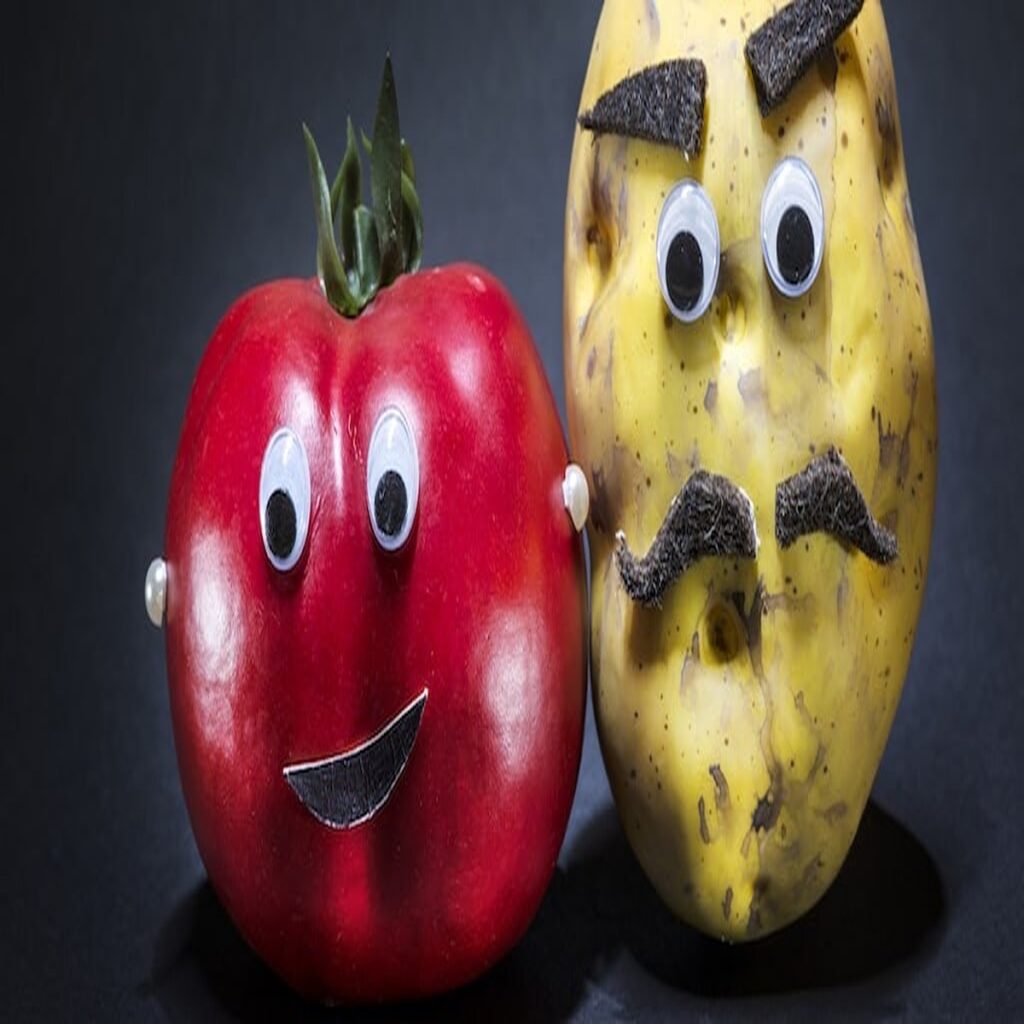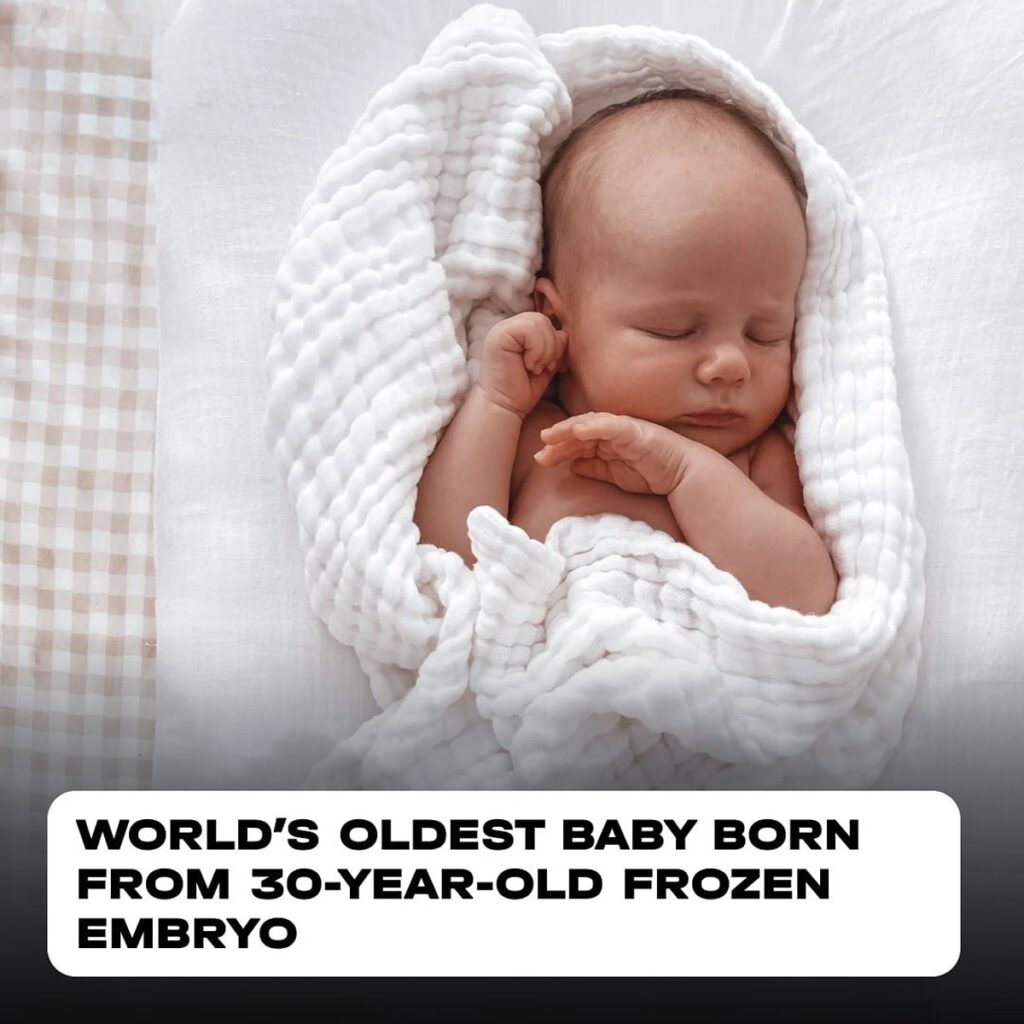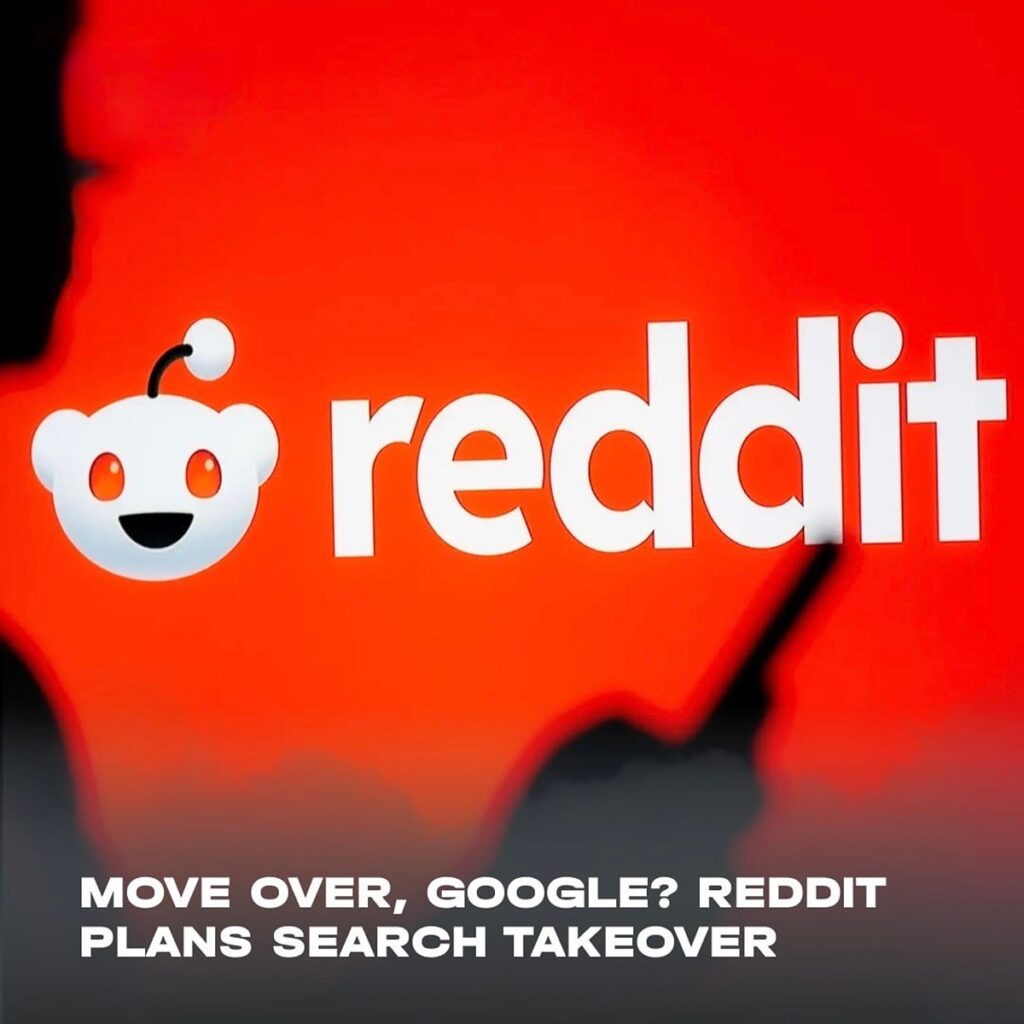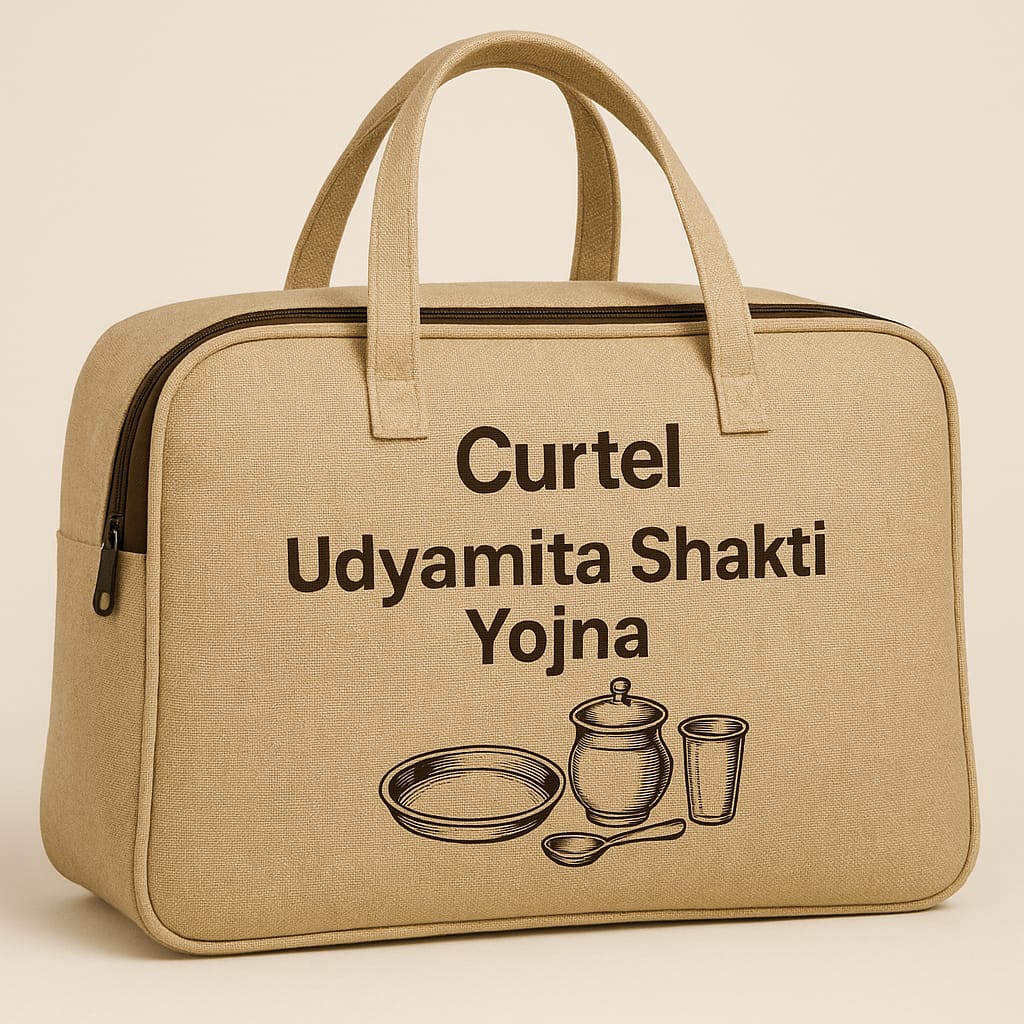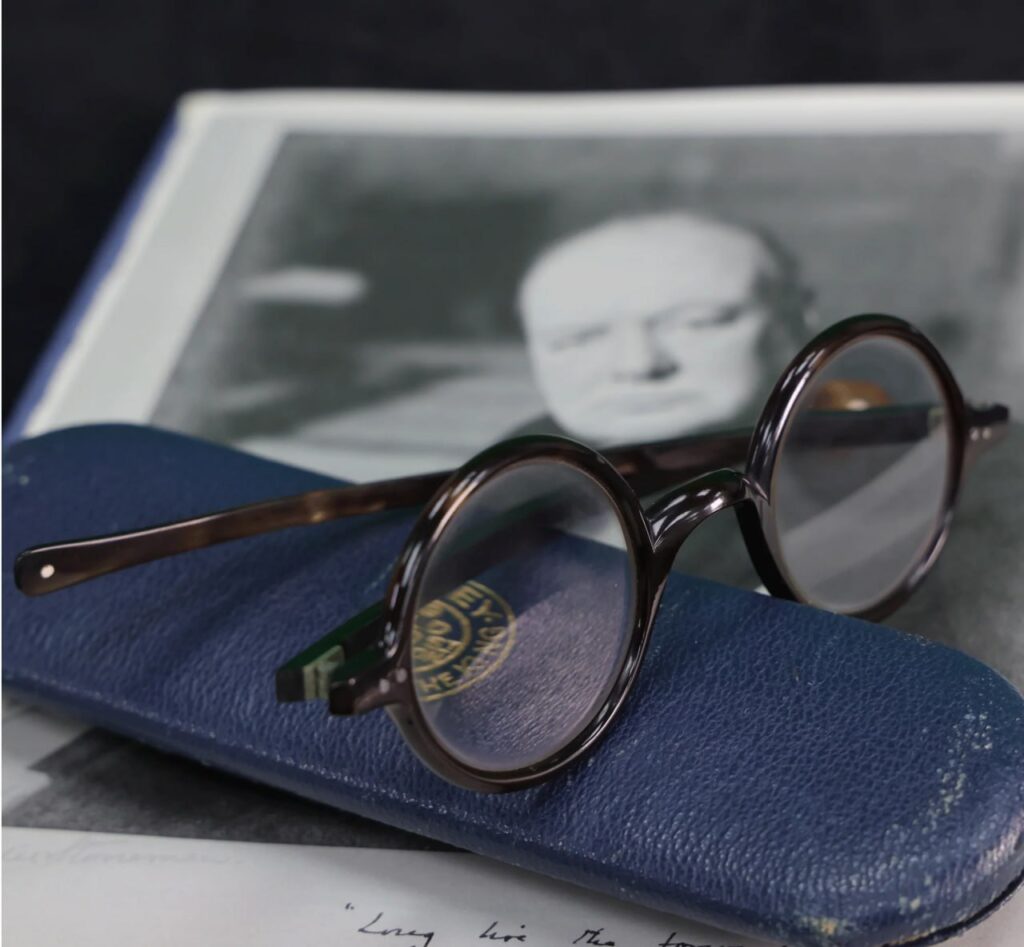Longtime comedy star Matt Rife has shocked fans by stepping into a role straight out of a horror movie – he’s now the official “guardian” of Annabelle, the legendary haunted doll from the Warrens’ occult museum. In early August 2025 Rife posted on TikTok that he and friend Elton Castee have “officially purchased” Ed and Lorraine Warren’s home and museum, acquiring the Warrens’ entire collection of haunted artifacts – “including the infamous Annabelle doll,” he announced. The Warrens’ Occult Museum (closed since 2019) and its 750 cursed objects are now under Rife’s care. He clarified, “We do not legally own the items, but we are the legal guardians and caretakers of the items for at least the next five years”. In other words, Rife isn’t selling Annabelle on eBay – he’s looking after her, along with the whole eerie collection, and even plans to re-open the museum to guests.

Who Is Matt Rife? From Standup to Supernatural Enthusiast
Matt Rife (29) is best known as a stand-up comedian and actor. He rose to fame with self-produced specials like Only Fans (2021) and Natural Selection (2023) – the latter on Netflix – and even had roles on Wild ’N Out and other TV shows. According to The New York Times, Rife was a “struggling road comedian” who suddenly became a social-media sensation via TikTok. Indeed, by mid-2025 he was listed by Forbes among the top-earning online creators.
But Rife isn’t just a funny guy – he’s a horror buff. He’s spoken openly about loving ghost stories and films. In his TikTok announcement, Rife admitted “I’m obsessed with the paranormal and all things haunted”, adding that The Conjuring movies are his favorite scary films. He even appears on YouTube as a paranormal investigator (on the Overnight series). So when Rife says he’s honored to take over the Warrens’ collection – calling it “the most important… piece of paranormal history in the world” – he clearly means it.
Fans familiar with Rife’s bold crowd-work comedy and huge TikTok following weren’t entirely surprised. Many joked he’s finally found the “ultimate mic” – a spirit-communing doll. One playful fan wrote on social media, “I never thought I’d see Matt Rife guarding a demon doll – this is next level!” Another quipped, “Matt Rife the ghostbuster? Sign me up for the haunted standup tour!” These imagined tweets capture the lighthearted tone on Twitter and Reddit, where fans mixed memes and shock emojis. Overall the reception has been gleeful curiosity: people adore Rife and many see this as a fun crossover of comedy and spooky lore. As one excited user joked, “I just signed up for Matt Rife’s haunted house comedy night 😂👻.”
Annabelle’s Dark History
For those new to paranormal news, Annabelle is no ordinary toy. She’s a vintage Raggedy Ann doll that famed demonologists Ed and Lorraine Warren deemed haunted. According to the Warrens’ account, Annabelle once frightened her owner and was locked in a glass case in their Connecticut “Occult Museum” during the 1970s. (Skeptics call it folklore, but pop culture calls it Annabelle – a blockbuster horror movie franchise spun off from The Conjuring series.) The doll’s legend is notorious: she’s credited with causing curse rumors and ghost stories wherever she goes.
Until now, Annabelle’s permanent “home” was that Warren museum, under tight lock and key. (Fans may recall a 2015 Netflix show where intrepid visitors paid the Warrens to spend the night in the Annabelle case – which they reported was still, indeed, scary.) In recent years the real doll has been loaned out for tours. In May 2025, for example, Annabelle went on the “Devils on the Run” tour around the country with paranormal investigator Dan Rivera.
Public fascination with Annabelle is huge. She’s starred in movies (Annabelle, Annabelle: Creation, etc.) and ghost-hunting TV shows, and is a staple of horror exhibits. Movie posters for Annabelle and The Conjuring famously depict the doll in her glass case. The IBTimes reports that Matt Rife’s new collection includes “over 750 haunted objects, including the infamous Annabelle doll,” highlighting how central she is to the Warrens’ lore. In his TikTok, Rife acknowledged that Annabelle “arguably has the most famous haunted story of all time” thanks to those Hollywood films. Having Annabelle under his wing (or rather, in her glass coffin) is as headline-grabbing as it gets.
The Warrens’ Haunted Museum Reopens (Sort Of)
Ed and Lorraine Warren – the real-life ghost hunters behind The Conjuring films – owned the house and museum now bought by Rife. Lorraine Warren died in 2019, and the little museum closed shortly after. Rife and Castee’s purchase (or guardianship) includes the Connecticut farmhouse and the treasure-trove of spooky artifacts inside. They are now caretakers of the Warrens’ Occult Museum: the doll case where Annabelle sits, the demon skulls, Amityville doll, and more.
Rife says he doesn’t plan to sell anything. Instead, he’s turning the place into an entertainment experience. According to People, he teased that the house will soon be available for day and overnight visits, and the museum will open for supervised tours so guests can “experience and learn all the haunted history”. An IBTimes report adds that by late 2025 he aims to offer a “full paranormal investigative experience” – imagine handling ghost-hunting equipment and spending a night in the actual Conjuring house. (Yes, horror fans: you might one day crack jokes in person with Matt Rife while sitting next to Annabelle herself.)
Key facts at a glance: Matt Rife’s TikTok announcement confirmed 5-year guardianship of the Warrens’ collection (not outright ownership). He said “We plan to open the house for overnight stays and museum tours so you yourself can experience… this amazing place”. A rep even told People the deal is “legit,” adding weight to Rife’s claim. In short, the Warrens’ ghost museum is coming back – and Matt Rife is its face (and caretaker).
Dan Rivera’s Mysterious Death
Rife’s big announcement came amid a tragedy that’s only added to the doll’s lore. Dan Rivera was a 54-year-old paranormal investigator and Annabelle handler for the New England Society for Psychic Research (NESPR). Earlier in July 2025, Rivera had been leading Annabelle on that tour. The sudden news that he died unexpectedly sent shivers through the community. Connecticut NBC news reported that Rivera – “one of the handlers of the famed Annabelle doll” – “died suddenly over the weekend” while on tour in Pennsylvania. NESPR posted a brief statement, “It’s not clear how he died,” but praised his kindness and passion for the paranormal.
Speculation spread fast online. Some lurid rumors claimed Annabelle was present at Rivera’s death – after all, it is a horror doll story. A UK article even noted headlines like “Annabelle Doll Curse Strikes Again?” and reported Rivera was found dead in a hotel on July 13. But official reports tell a different tale. People magazine confirms that when authorities arrived at Rivera’s hotel room in Gettysburg, the Annabelle doll was not present. And local TV coverage emphasized there was “no foul play” suspected in his death. In other words, investigators see no evil hand behind this – and both Rife and reporters have been careful to treat Rivera’s passing with respect.
Still, the timing gave the announcement a spooky edge. FarOut magazine reported that Rife took over guardianship just “three weeks after paranormal investigator Dan Rivera died suddenly while on tour with the reportedly possessed doll Annabelle”. (That article even dramatized the doll being in Rivera’s van at the time, though People says otherwise.) True or not, the coincidence has fans whispering about curses and coincidences. Many recall the Warren lore that Annabelle supposedly causes bad luck if moved. Rife playfully downplayed these fears in interviews, saying he’ll keep Annabelle safe in her museum case. As IBTimes quotes him: “Annabelle will rest safely in the museum for guests to visit upon their stay.”.
Fan Buzz and Social Media Reactions
Social media is having a field day with this news. Rife’s announcement video racked up millions of views, and fans immediately flooded Twitter and TikTok with memes and reactions. Comments ranged from excited to incredulous – one fan joked, “Matt Rife’s new side hustle: ghost tour guide extraordinaire!”, another quipped “Finally a Netflix special for ghost-hunting comedy.” Some fans even pitched creative ideas, joking that Rife should record a stand-up routine at midnight in the museum, or set up a Patreon to “sponsor Annabelle’s dinners.”
A handful of fans expressed genuine awe: “This is wild – I followed Matt for comedy, but now I’m booking a trip to Connecticut!” The People article notes Rife’s own surprise: “This is the most random hobby ever, but it’s so f—— cool, man,” he laughed. Indeed, the mix of humor and horror has intrigued many. On fan forums, some pointed out how this story blends Rife’s youthful charisma with centuries-old ghost lore, making both worlds more accessible.
Meanwhile, commentators on entertainment sites have highlighted the story’s quirkiness. A Reddit thread called the news “the crossover I never knew I needed”, with users swapping jokes about Rife’s next comedy special potentially titled “Wake and B-Boo!”. We should note these are fan reactions – not official statements – so we treat them as creative examples of audience sentiment.
What’s Next? Tours, Overnights, and Horror Content
With the Warrens’ estate in hand, Rife has hinted at big plans. According to People, he teased that “soon” the house will be open for guests to visit (for a day, night or whole weekend), and the museum will host guided tours. This suggests a paranormal tourism venture: imagine buying tickets to tour the real Amityville or Annabelle exhibits, or even spending Halloween night with Rife in the Warren farmhouse. IBTimes reports that Rife envisions “the best paranormal investigative experience in the country,” where visitors can handle ghost-hunting equipment and learn the history behind each haunted artifact.
Entertainment observers note that Rife – with his Netflix ties and online fame – might turn this into content too. Some fans speculate a comedy special could be filmed in the museum, or a web series where Rife pokes fun at scary myths. After all, Rife already co-hosts a YouTube ghost-hunt show; now he literally owns the set! Even outside of comedy, this move aligns him with the horror community: he’ll likely attend conventions, do interviews at midnight tours, and be featured in media about the Warrens’ legacy.
There’s also a business angle. The Warrens’ home (the real “Conjuring house”) is already a successful Airbnb, and Annabelle’s film prominence draws crowds. By controlling the inventory, Rife and Castee could license appearances of the doll or charge premiums for events. (Indeed, after Rife’s announcement, a PR rep confirmed to People that the purchase is “legit,” hinting at future promotional projects.) For now, though, much is speculative. Rife has said he’s taken on this role “out of passion”, and many fans trust him because of his earnest tone.
Bridging Comedy and the Supernatural
Why is this story resonating? Partly because it’s just so unusual: a young comedian buying a haunted relic is headline gold. But it also plays to Rife’s personal brand. He’s known for making outrageous jokes and playing off audience reactions – crowd-work is his specialty – so the publicity definitely appeals to him. Fans see it as a natural extension of his persona. He’s not a buttoned-up Hollywood star; he’s the fun guy who says the quiet part out loud. Taking on Annabelle fits with his irreverent charm: when a reporter asked if he believed in the curse, Rife deadpanned that collecting stamps might be “safer,” acknowledging the oddity with humor.
The story also brings mainstream light to niche paranormal interests. Many younger fans may never have heard of Dan Rivera or the Warrens; now they’re googling Ed and Lorraine. By centering a pop-culture figure like Rife, these old legends stay alive. Others see it as a quirky PR stunt – but Rife and Castee’s public statements have been consistent (and apparently legally vetted) enough to convince media it’s for real. Either way, for trustworthiness, Rife is betting on personal connection: as he put it in his video, “If you know me, you know I’m obsessed with the paranormal.” That personal passion likely reassured fans that he’s serious about this new “hobby”.
Future Headlines and Conclusions
Looking ahead, several “firsts” are on deck. Likely in late 2025 we’ll see marketing for Rife’s Haunted Overnight. Websites say “Book now to spend a night in the real Conjuring house” with Rife’s name on it. We might see a press release about an “Annabelle Tour” at Comic-Con. And who knows – maybe Annabelle will cameo in one of Rife’s future comedy specials (a wink at the camera: “See! I told you she laughs!”).
For now, fans continue to keep tabs on Rife’s social feeds. The story has a viral life of its own – trending hashtags like #AnnabelleGate and #RifeGhostHire popped up. It’s an entertainment gossip whirlwind that combines scary and silly: just the kind of story the internet devours.
In the end, Matt Rife’s leap from stage to séance is a reminder that today’s celebrities often blur the lines between genres. Whether you’re here for the comedy, the curse, or just the spectacle, one thing’s clear: the Annabelle doll has found a new guardian…and a whole new audience. As Rife himself put it, this unlikely partnership is “one of the most prominent properties in paranormal history” now in his hands. Ghosts or cameras, audiences everywhere are watching to see what happens next.






